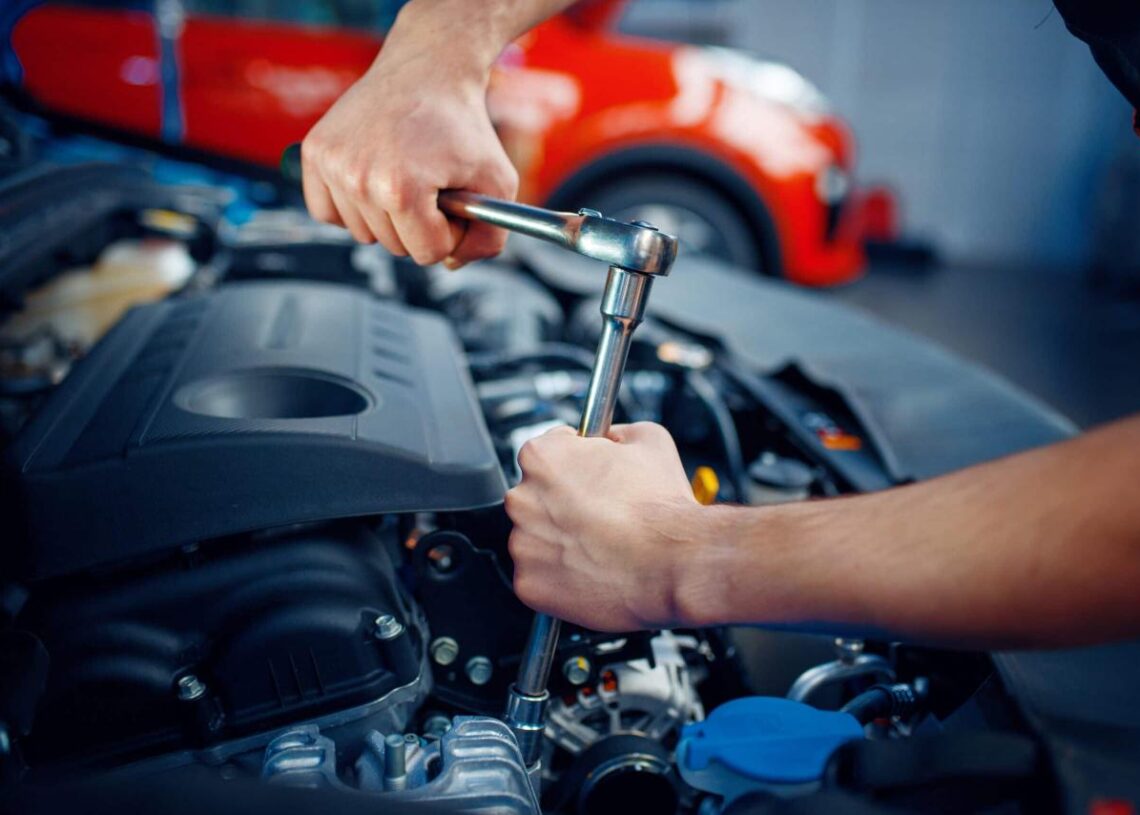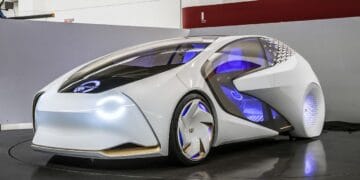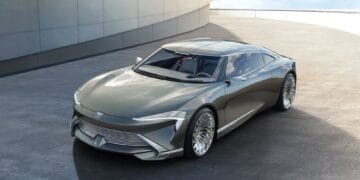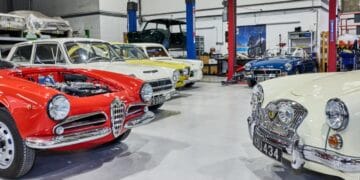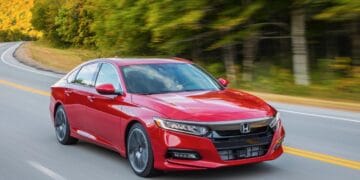Why Maintenance Matters
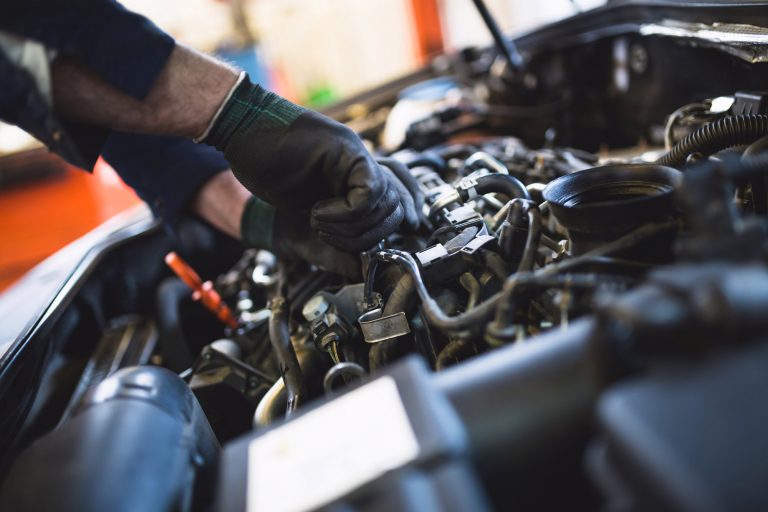
Your car is arguably one of the most significant investments you’ll make, a complex marvel of engineering that tirelessly transports you to work, connects you with family, and facilitates your daily life. Yet, like any intricate machine, it requires consistent attention to perform its best. Neglecting routine car maintenance is akin to neglecting your own health: minor issues can quickly escalate into major, costly problems, compromising safety and drastically shortening your vehicle’s lifespan. From the sweltering heat and humidity that challenge cooling systems to the stop-and-go traffic that stresses transmissions, cars in Indonesia face specific demands that underscore the importance of proactive care.
The excitement around effective car maintenance tips isn’t about glamorous upgrades; it’s about empowerment. It’s about taking control of your vehicle’s health, ensuring its reliability, and maximizing its resale value. It’s about avoiding unexpected breakdowns on a busy Indonesian highway or facing exorbitant repair bills that could have been prevented. Whether you’re a seasoned car owner or a new driver, understanding and implementing these essential tips will not only keep your ride pristine but will also guarantee that your vehicle remains a dependable, safe, and efficient partner on every journey, reflecting smart ownership in every kilometer.
Foundational Pillars of Regular Car Maintenance
Effective car maintenance rests on a few core, consistent practices that form the bedrock of vehicle health. Neglecting any of these can have ripple effects throughout your vehicle’s systems.
A. Oil Changes and Filter Replacement:
A. Purpose: Engine oil lubricates moving parts, reduces friction, dissipates heat, and cleans internal components. Over time, oil breaks down and becomes contaminated, losing its effectiveness. The oil filter removes impurities from the oil.
B. Intervals: Typically every 5,000 to 7,500 miles (8,000 to 12,000 km) for conventional oil, or up to 10,000 to 15,000 miles (16,000 to 24,000 km) for synthetic oil, or as recommended in your car’s owner’s manual. Driving in dusty, humid Indonesian conditions or heavy traffic (lots of idling) often necessitates more frequent changes.
C. Benefits: Prevents excessive wear and tear on engine components, maintains optimal engine performance and fuel efficiency, and prolongs engine life.
D. Consequences of Neglect: Sludge buildup, increased friction, overheating, and ultimately, catastrophic engine failure.
B. Tire Care and Rotation:
A. Purpose: Tires are your car’s only contact with the road, crucial for grip, braking, and steering. Proper inflation ensures even wear and optimal performance. Rotation distributes wear evenly across all four tires.
B. Checks: Check tire pressure weekly (including the spare) against the recommended pressure in your owner’s manual or on the driver’s side door jamb. Inspect for visible damage, bulges, or excessive wear.
C. Rotation Interval: Rotate tires every 5,000 to 7,500 miles (8,000 to 12,000 km) or as specified by the manufacturer.
D. Benefits: Improves safety (better traction and braking), extends tire lifespan, enhances fuel efficiency (properly inflated tires reduce rolling resistance), and ensures a smoother ride.
E. Consequences of Neglect: Increased risk of blowouts, reduced handling, uneven wear (leading to premature replacement), and decreased fuel economy.
C. Brake System Inspection:
A. Purpose: Your brakes are your most important safety feature. They convert kinetic energy into thermal energy to slow or stop your vehicle.
B. Checks: Have your brake pads, rotors, calipers, and brake fluid inspected at every service interval (typically every 10,000 to 15,000 miles or 16,000 to 24,000 km). Listen for squealing or grinding noises, and note any spongy brake pedal feel or pulling to one side.
C. Fluid Replacement: Brake fluid is hygroscopic (absorbs moisture), which can reduce its boiling point and effectiveness. Replace as per manufacturer recommendations (often every 2-3 years).
D. Benefits: Ensures maximum stopping power, maintains consistent brake feel, and prevents costly damage to other brake components.
E. Consequences of Neglect: Reduced braking performance, increased stopping distances, potential brake failure, and damage to calipers and rotors.
D. Fluid Level Checks (Beyond Oil):
A. Coolant (Antifreeze):
A. Purpose: Prevents engine overheating and protects against freezing (though less critical in tropical Indonesia, it still prevents corrosion).
B. Check: Regularly check the coolant level in the reservoir when the engine is cold. Ensure it’s between the “min” and “max” lines. Flush and replace as per manual (typically every 30,000-60,000 miles or 50,000-100,000 km, or every 2-5 years).
C. Consequences of Neglect: Engine overheating, potential engine damage, and reduced heater/AC performance.
B. Transmission Fluid:
A. Purpose: Lubricates gears, cools the transmission, and helps transmit power.
B. Check: Refer to your owner’s manual; some modern transmissions are “sealed for life” (though this is debated), while others require regular checks or fluid changes (especially for automatic transmissions).
C. Consequences of Neglect: Gear slippage, rough shifts, overheating, and costly transmission failure.
C. Power Steering Fluid:
A. Purpose: Facilitates easy steering.
B. Check: Check the reservoir level when the engine is warm.
C. Consequences of Neglect: Stiff steering, grinding noises, and power steering pump failure.
D. Windshield Washer Fluid:
A. Purpose: Ensures clear visibility.
B. Check: Simple visual check and refill as needed. Always use dedicated washer fluid, not just water.
E. Filter Replacements (Air and Cabin):
A. Engine Air Filter:
A. Purpose: Prevents dirt, dust, and debris from entering the engine, protecting internal components and ensuring proper air-fuel mixture.
B. Interval: Typically every 15,000 to 30,000 miles (24,000 to 48,000 km), or more frequently in dusty Indonesian conditions.
C. Benefits: Maintains engine performance, optimizes fuel efficiency, and reduces emissions.
C. Consequences of Neglect: Reduced engine power, decreased fuel economy, increased emissions, and potential engine damage.
B. Cabin Air Filter:
A. Purpose: Filters dust, pollen, pollutants, and odors from the air entering the passenger cabin, improving air quality inside the car.
B. Interval: Typically every 15,000 to 25,000 miles (24,000 to 40,000 km), or more frequently if you suffer from allergies or drive in very polluted areas.
C. Benefits: Improves cabin air quality, reduces allergens, and helps the HVAC (heating, ventilation, and air conditioning) system work efficiently.
D. Consequences of Neglect: Reduced airflow from AC, musty odors, and poor cabin air quality.
F. Battery Health and Terminals:
A. Purpose: Provides power to start the engine and run electrical components.
B. Checks: Inspect battery terminals for corrosion (white, powdery buildup) every few months. Ensure connections are tight. Have the battery tested annually, especially after 2-3 years of use.
C. Benefits: Ensures reliable starting, prevents electrical issues, and extends battery life.
D. Consequences of Neglect: Starting problems, dim lights, failure of electrical components, and being stranded.
Proactive Maintenance for Long-Term Health
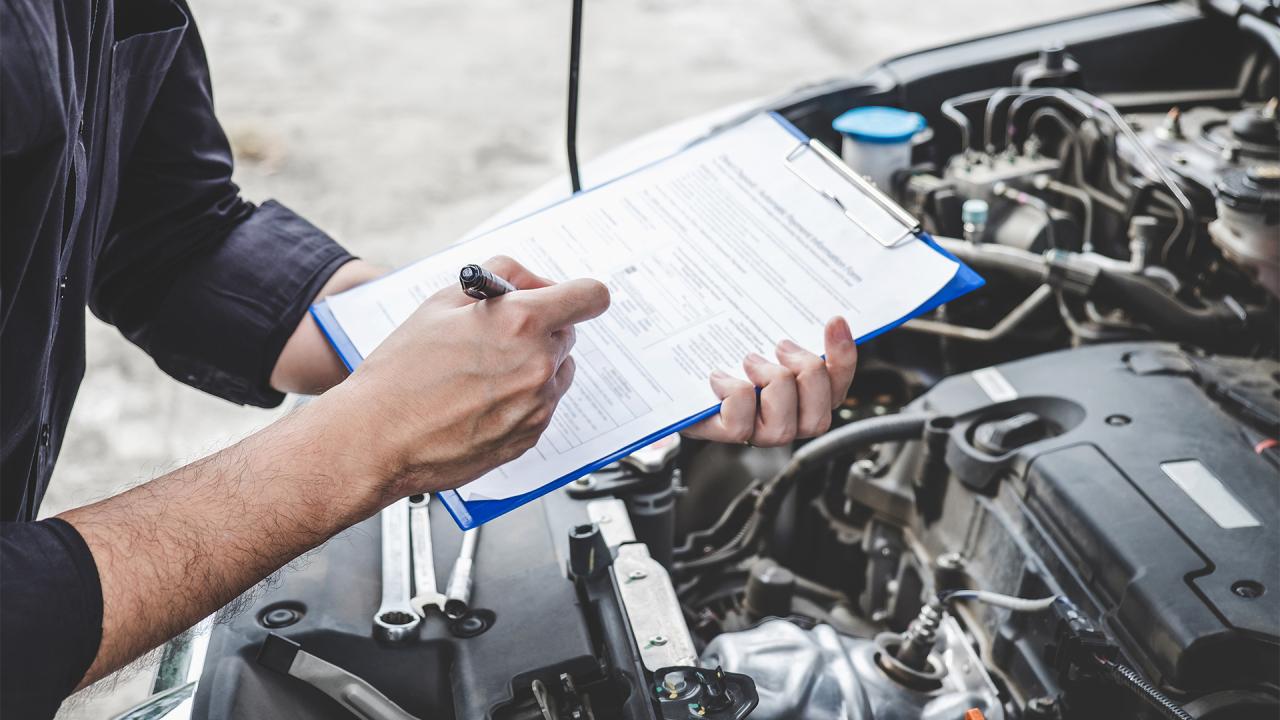
Beyond the foundational checks, a proactive approach to car maintenance involves anticipating issues and performing preventive services:
A. Spark Plug Replacement:
A. Purpose: Ignite the air-fuel mixture in gasoline engines.
B. Interval: Varies widely, from 30,000 miles (48,000 km) for conventional plugs to 100,000 miles (160,000 km) for iridium or platinum plugs.
C. Benefits: Maintains proper engine combustion, ensures optimal fuel efficiency, and prevents misfires.
D. Consequences of Neglect: Reduced power, decreased fuel economy, rough idling, and engine misfires.
B. Belt and Hose Inspection:
A. Purpose: Belts (serpentine, timing) drive various accessories (alternator, power steering, AC) or synchronize engine components. Hoses carry fluids (coolant, brake fluid).
B. Checks: Inspect for cracks, fraying, bulges, leaks, or signs of wear every service interval or annually.
C. Benefits: Prevents component failure (e.g., overheating from a burst hose, breakdown from a broken belt), ensuring all systems operate correctly.
D. Consequences of Neglect: Overheating, loss of power steering, loss of AC, or severe engine damage (if timing belt breaks).
C. Wheel Alignment and Suspension Check:
A. Purpose: Proper wheel alignment ensures your wheels are angled correctly relative to the road and each other, preventing uneven tire wear and improving handling. Suspension components absorb shocks and maintain tire contact with the road.
B. Checks: Have alignment checked if you notice uneven tire wear, pulling to one side, or after hitting a significant pothole. Suspension components (shocks, struts, bushings) should be inspected regularly for leaks or wear.
C. Benefits: Extends tire life, improves handling and steering precision, enhances driving comfort, and prevents wear on other steering components.
D. Consequences of Neglect: Premature and uneven tire wear, poor handling, reduced safety, and increased stress on steering components.
D. Headlight and Wiper Blade Replacement:
A. Headlights:
A. Purpose: Crucial for night visibility.
B. Check: Ensure all lights (headlights, high beams, taillights, brake lights, turn signals) are working. Replace bulbs as they dim or fail. Consider polishing hazy plastic headlight lenses for better output.
C. Benefits: Crucial for safe night driving and being seen by others.
B. Wiper Blades:
A. Purpose: Clear rain and debris from the windshield for clear visibility.
B. Check: Replace annually or if you notice streaking, chattering, or incomplete clearing.
C. Benefits: Ensures clear vision in adverse weather, a vital safety feature in Indonesia’s rainy season.
E. Undercarriage Inspection:
A. Purpose: Check for leaks, rust, or damage to exhaust system, suspension components, and frame.
B. Checks: A mechanic should visually inspect the undercarriage during routine services. Look for fresh fluid drips in your parking spot.
C. Benefits: Early detection of leaks (oil, transmission fluid, coolant) or rust before they become major problems, ensuring structural integrity and preventing expensive repairs.
Leveraging Technology for Smart Maintenance
Modern vehicles come equipped with technologies that can significantly aid in smart car maintenance:
A. Dashboard Warning Lights:
A. Engine Light (Check Engine Light): Indicates an issue with the engine or emissions system. Get it checked promptly using an OBD-II scanner.
B. Oil Pressure Light: Signals low oil pressure; stop driving immediately and check oil level.
C. Battery Light: Indicates a charging system issue (alternator or battery problem).
D. Tire Pressure Monitoring System (TPMS) Light: Indicates low tire pressure in one or more tires.
B. Vehicle Telematics and Companion Apps:
A. Maintenance Reminders: Many modern cars (especially in 2025) offer telematics services that can send maintenance reminders to your smartphone.
B. Vehicle Health Reports: Detailed reports on fluid levels, tire pressure, and diagnostic trouble codes sent directly to your app.
C. Remote Diagnostics: Some systems allow for remote diagnosis of issues, which can be sent directly to your service center.
C. Owner’s Manual:
A. The Ultimate Guide: This is your car’s most important maintenance document. It contains precise service schedules, fluid specifications, tire pressures, and troubleshooting information specific to your vehicle model.
B. Digital Manuals: Many 2025 vehicles will have digital owner’s manuals accessible via the infotainment screen or a companion app, making information even easier to find.
Specific Considerations for Car Maintenance in Indonesia
Indonesia’s unique driving conditions necessitate particular attention to certain maintenance aspects:
A. Hot and Humid Climate:
A. Cooling System: The tropical climate places extra stress on the engine’s cooling system. Ensure coolant levels are always correct, the radiator is clean, and hoses are in good condition to prevent overheating.
B. Air Conditioning: The AC system works harder. Regular cabin air filter replacement and AC system checks (refrigerant levels, leaks) are crucial for optimal performance and preventing unpleasant odors.
C. Rubber Components: Heat and humidity can accelerate the degradation of rubber hoses, belts, and bushings. Inspect them more frequently for cracks.
B. Dusty and Varied Road Conditions:
A. Air Filters: Driving on unpaved or dusty roads (common in many areas) means engine and cabin air filters can clog much faster. Inspect and replace them more frequently than in temperate climates.
B. Underbody Protection: If driving on rougher roads, consider underbody rust protection or inspections to prevent damage from debris and moisture.
C. Tire Wear: Uneven road surfaces can lead to faster or more irregular tire wear. Regular tire pressure checks, rotations, and alignment checks become even more critical.
C. Heavy Traffic and Stop-and-Go Driving:
A. Brake Wear: Constant braking in heavy traffic leads to increased wear on brake pads and rotors. Frequent brake inspections are vital.
B. Transmission Fluid: Automatic transmissions work harder in stop-and-go conditions. Consider more frequent transmission fluid checks or changes, especially if your owner’s manual specifies “severe duty” intervals.
C. Engine Oil: Extended idling in traffic contributes to oil breakdown. Stick to or shorten recommended oil change intervals, especially if using conventional oil.
D. Water Fording (Flooding):
A. Electrical Components: Be extremely cautious when driving through flooded areas. Water can damage sensitive electrical components, leading to costly repairs.
B. Brake Drying: After driving through deep water, gently apply brakes to dry them out, as water can temporarily reduce braking effectiveness.
C. Post-Flood Inspection: If your car has been submerged or driven through deep floodwaters, it’s highly recommended to have a comprehensive inspection by a mechanic for water ingress into fluids, electrical systems, and cabin.
The Benefits of Proactive Maintenance
Investing time and effort in car maintenance yields significant returns:
A. Enhanced Safety:
A. Reliable Brakes: Ensures you can stop effectively in emergencies.
B. Optimal Tires: Provides maximum grip and stability.
C. Functional Lights: Guarantees visibility for you and other drivers.
B. Extended Vehicle Lifespan:
A. Reduced Wear and Tear: Properly lubricated and functioning components last longer.
B. Preventive Care: Catching minor issues before they become major, catastrophic failures.
C. Improved Fuel Efficiency:
A. Clean Filters: Allows engine to breathe properly.
B. Proper Tire Pressure: Reduces rolling resistance.
C. Healthy Engine: Ensures optimal combustion.
D. Maximized Resale Value:
A. Service Records: A complete maintenance history demonstrates responsible ownership and adds significant value when selling the car.
B. Well-Maintained Condition: A car that looks and runs well will command a higher price.
E. Cost Savings:
A. Avoid Costly Repairs: Preventive maintenance is almost always cheaper than reactive repairs (e.g., a simple fluid flush vs. a transmission replacement).
B. Fewer Breakdowns: Reduces the inconvenience and cost of roadside assistance or towing.
F. Environmental Responsibility:
A. Lower Emissions: A well-maintained engine runs more efficiently, producing fewer harmful emissions.
B. Extended Lifespan: Keeping cars on the road longer reduces the environmental footprint associated with manufacturing new vehicles.
Conclusion
In the dynamic and often demanding environment of Indonesia, diligent car maintenance transcends being merely a task; it becomes a powerful act of responsible ownership. By committing to regular fluid changes, tire care, brake inspections, and proactive attention to your vehicle’s overall health, you’re not just preserving a machine; you’re safeguarding your investment, ensuring your safety, and securing your peace of mind on every journey.
The benefits are clear: a longer-lasting vehicle, improved fuel efficiency, significantly reduced risk of costly breakdowns, and a higher resale value. As automotive technology continues to advance, the core principles of care remain timeless. Embrace these car maintenance tips for 2025, and your vehicle will not only remain pristine but will also serve as a reliable, efficient, and truly indispensable partner, reflecting the foresight and diligence of a smart owner for years to come. Your car’s health is in your hands, and the rewards are well worth the effort.

